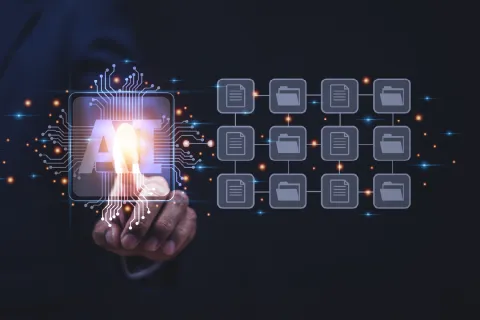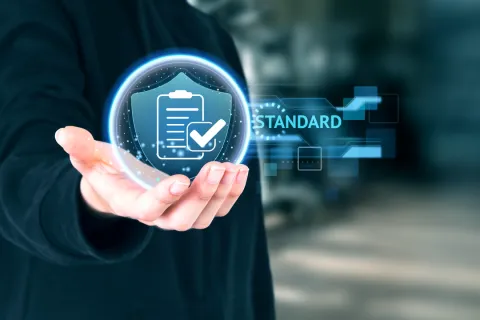
The ever-evolving Regulatory landscape demands businesses to adapt swiftly to new submission formats. Converting legacy data to meet these requirements in real time presents a complex and multifaceted challenge. It is in the best interest of the organizations to be able to convert their legacy data quickly and efficiently to new formats to comply. This can be a complex and challenging task, especially in real-time.
Streamline Your Data Conversion Process
Streamline Your Data Conversion Process Now!
Challenges of converting legacy data to new Regulatory submission formats
- The data may be streaming in real-time - Such as data from sensors or IoT devices. This can make it difficult to convert the data to a new format without introducing delays or errors.
- The data may be unstructured or semi-structured - Such as text or images. This can make it difficult to convert the data to a new format that is compliant with the regulations.
- The data may be distributed across multiple systems - Such as on-premises servers, cloud-based systems, and even paper records. This can make it difficult to consolidate the data and convert it to a new format.
- The conversion process may need to be automated - To be able to convert legacy data in real time, the conversion process may need to be automated. This can be a complex and challenging task, as the automation process needs to be able to handle a variety of data formats and real-time constraints.
- The data may be sensitive or confidential - Such as patient data or trade secrets. This data must be handled with care during the conversion process to protect the privacy of individuals and the confidentiality of the company.
Despite the challenges, several solutions can be used to address the real-time challenges of converting legacy data to new Regulatory formats. These solutions include:
- Using cloud-based solutions - Cloud-based solutions can provide a scalable and flexible platform for storing and processing data in real time.
- Using artificial intelligence (AI) and machine learning (ML) - AI and ML can be used to automate the conversion process and to identify & correct errors.
- Using data quality tools - Data quality tools can be used to ensure that the data is accurate and complete before it is converted.
- Implementing a data governance framework- A data governance framework can help to ensure that the data is managed in a secure and compliant manner.
By using these solutions, companies can successfully convert legacy data to new Regulatory formats in real time and ensure that they are compliant with the latest regulations.
Converting legacy data to new Regulatory submission formats is an intricate and multifaceted undertaking. By taming the real-time challenges of legacy data conversion, organizations can secure their foothold in a Regulatory landscape that prizes agility, innovation, and above all, unwavering dedication to Regulatory excellence. A seasoned expert in this domain can assist in a smooth legacy data conversion by adopting innovative solutions and prioritizing data quality. This will facilitate organizations to successfully navigate the challenges, ensure compliance, and position themselves for sustained success in an ever-changing Regulatory environment.









